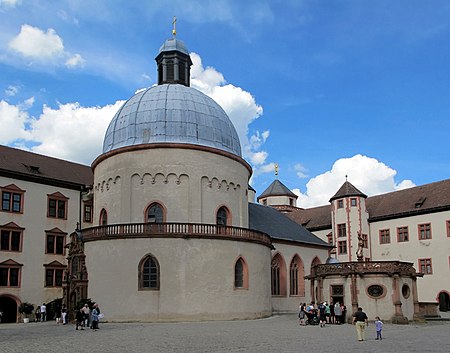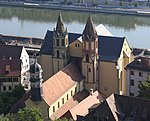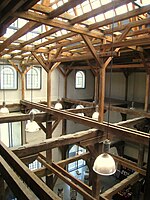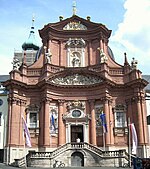Marienkirche, Würzburg
Roman Catholic cathedrals in BavariaRoman Catholic churches in WürzburgRomanesque architecture in Germany

The Marienkirche, Würzburg (Saint Mary's Church) is a chapel located in the inner court of Marienberg Fortress in Würzburg, Bavaria. The first Christian church at this location was built in 706 by Duke Hedan II. The structure of today's building can be traced back to the early 11th century. It is the oldest church in Würzburg and the oldest building in the fortress.
Excerpt from the Wikipedia article Marienkirche, Würzburg (License: CC BY-SA 3.0, Authors, Images).Marienkirche, Würzburg
Haarnadelkurve, Würzburg Würzburg Altstadt
Geographical coordinates (GPS) Address Nearby Places Show on map
Geographical coordinates (GPS)
| Latitude | Longitude |
|---|---|
| N 49.79015 ° | E 9.918459 ° |
Address
Haarnadelkurve
97082 Würzburg, Würzburg Altstadt
Bavaria, Germany
Open on Google Maps








